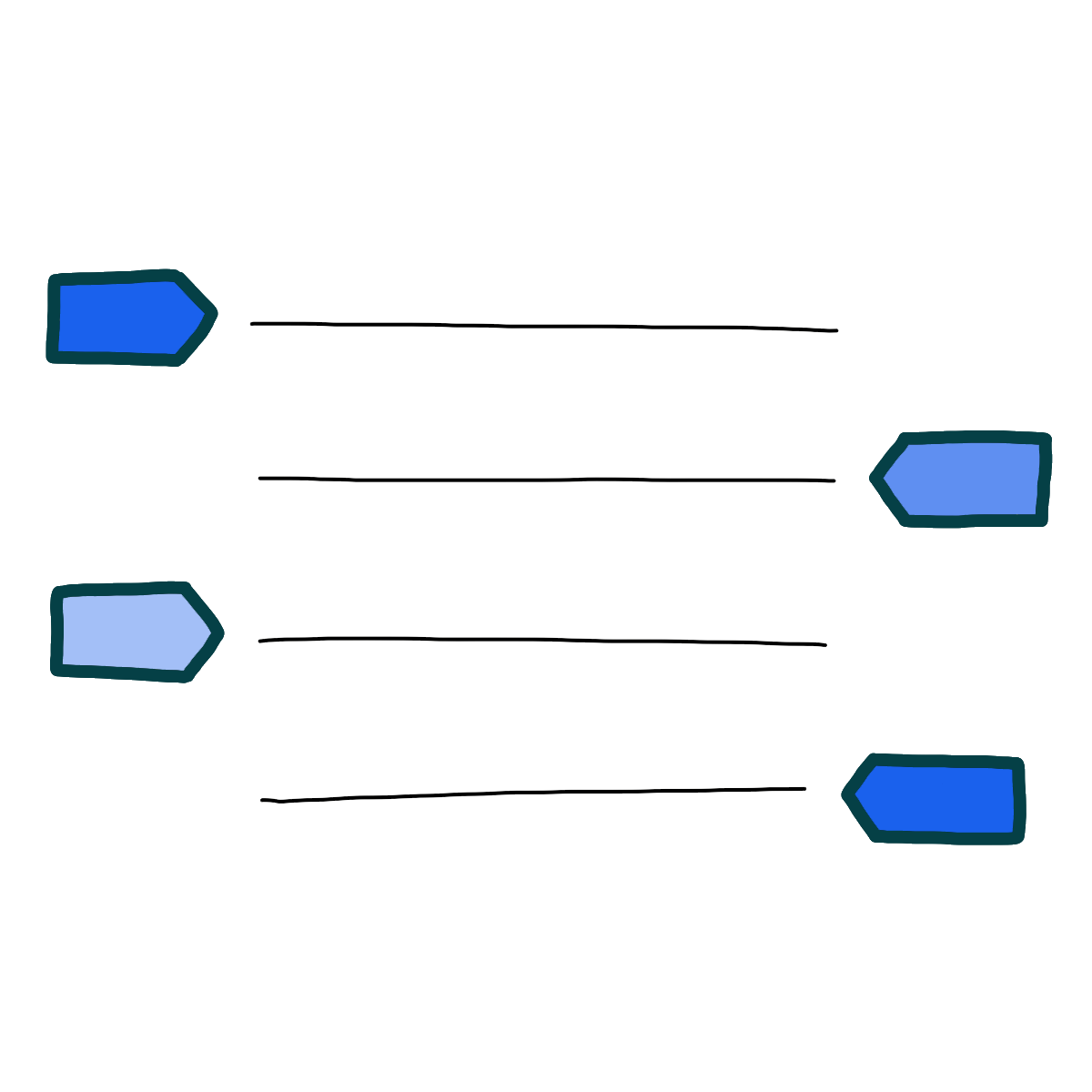In Chapter 6, Humpty Dumpty claims that he can explain any poem, so Alice asks him to help her understand "Jabberwocky." His ensuing explanation is a parody of literary criticism:
“Let’s hear it,” said Humpty Dumpty. “I can explain all the poems that ever were invented—and a good many that haven’t been invented just yet.”
[...]
“Well, ‘slithy’ means ‘lithe and slimy.’ ‘Lithe’ is the same as ‘active.’ You see it’s like a portmanteau—there are two meanings packed up into one word.”
“I see it now,” Alice remarked thoughtfully: “and what are ‘toves’?”
Humpty Dumpty's claim that he can explain "all the poems that ever were invented—and a good many that haven't been invented yet"—is very bold, and Carroll takes it as a challenge. Literary criticism had established itself as a field in the century before Carroll wrote Through the Looking-Glass. Critics such as Thomas Carlyle and John Stuart Mill took their work very seriously and proposed comprehensive theories of interpretation. For instance, Carlyle thought that poets were channels for a divine voice speaking to society.
Carroll introduces "Jabberwocky" as a poetic piece of nonsense and challenges Humpty Dumpty to explain it. Humpty Dumpty's explanation sounds just like literary criticism. It focuses on the sounds the words make and the hidden meanings packed into those words. His reference to "portmanteaus" and other intelligent-sounding words convinces Alice that he must be right. In a sense, he is: Carroll does use portmanteaus in the poem. Still, the more questions Alice asks Humpty Dumpty to answer about the poem, the clearer it is that explaining a single word or phrase does not make the poem as a whole any more meaningful. It is simply nonsense. By parodying literary criticism's attempt to "explain all the poems that ever were invented," Carroll makes the point that sometimes art is not supposed to fit a comprehensive theory of interpretation. Sometimes, it is simply meant to be a bit disorienting.
In Chapter 8, the White Knight recites a song called either "Haddock's Eyes," "The Aged Aged Man," "Ways and Means," or "A-sitting On A Gate." Like many of the other poems and songs in the novel, this song relies on imagery to introduce elements of parody:
And now, if e’er by chance I put
My fingers into glue,
Or madly squeeze a right-hand foot Into a left-hand shoe,
Or if I drop upon my toe
A very heavy weight,
I weep, for it reminds me so
Of that old man I used to know—
[...]
Who rocked his body to and fro,
And muttered mumblingly and low,
As if his mouth were full of dough,
Who snorted like a buffalo——
That summer evening long ago,
A-sitting on a gate.”
The nostalgic tone of the poem—and the way it describes the power of ordinary images to transport the speaker emotionally—evokes the poetry of William Wordsworth. In particular, the speaker's fascination with a humble old man he once saw in passing years ago evokes Wordsworth's famous description of a leech-gatherer in his poem "Resolution and Independence." Wordsworth and his sister Dorothy really did run into an old man who made his livelihood collecting leeches in the countryside, and he spun this encounter into a reflective, image-filled poem about old age, labor, and loneliness.
The tone and overall narrative of the White Knight's poem bring up all these themes, and the old man seems to be a nod to the leech-gatherer. But the language the White Knight uses is much sillier and nonsensical than Wordsworth's language. Putting one's fingers in glue, putting a shoe on the wrong foot, and dropping a weight on one's toe are all images that evoke slapstick, physical humor. When the speaker is acting foolish in this way, he thinks of this foolish old man who talks strangely, "as if his mouth were full of dough." Readers might critique the poem for mocking what seems to be a speech-related disability, but within the context of the novel, both the speaker and this man are comedic figures, not noble figures like the leech-gatherer. It is supposed to be absurd that the speaker is weeping rather than laughing at the memory of this man.
Wordsworth's poetry was very popular in the 19th century. In fact, to the frustration of many in the diverse world of poetry, it is still some of the poetry most commonly taught to schoolchildren throughout the British Commonwealth. Alice would almost certainly have encountered it at school or at home. Alice notes that the White Knight's "original" song is set to a tune she has heard before, and its reminiscence to Wordsworth's poetry further supports the idea that Alice is dreaming everything that happens in the Looking-Glass World, putting together bits and pieces of knowledge floating around her own head. Carroll's choice to parody Wordsworth is also notable given that Wordsworth, like Carroll, knew a young girl who was a muse for some of his writing. The "Lucy" poems describe a precocious young girl who sometimes seems wise beyond her years, just like Alice. Carroll, who was cagey about the notion that Alice Liddell was his muse, seems to be playing with the idea that he or Wordsworth should be interpreted quite as seriously as they are by literary critics.





